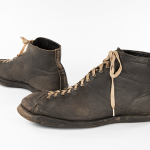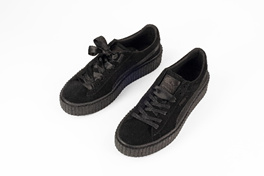By Conservator Ada Hopkins
Sometimes there isn’t enough time to perform a compete treatment on an object and the resulting work I refer to fondly as ‘guerilla conservation’. It is done quickly, with minimal materials, but conservation intervention is adequate for the purpose; in this case displaying a dress on a mannequin.
For The Roaring 20’s: Hemlines, Heels and High Hopes exhibition in 2011, the Museum borrowed two dresses from a private collector; one is decorated with sequins and beads; the other is cut-velvet. As is usually the case with beaded dresses from this era, the weight of the decorative elements impact negatively on the extremely fine silk to which they are sewn. This in combination with the stress of wear and 70+ years of dubious storage can cause the fabric to tear, primarily around the neckline and armholes.

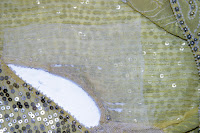
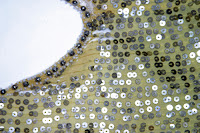
The objective of the treatment was to support the tears and dangling beads and sequins to mitigate existing damage and prevent future deterioration.
Normally if there was more time I would have dyed the silk selected to back the tears a compatible colour, however, since it would not visible it ultimately did not matter. Silk crepeline, a very fine and lightweight, was hand stitched to the back of the tears with silk thread sewn in a grid-like pattern to distribute the weight of the beads and sequins. Seam binding was stitched to the shoulder seams to reinforce these weak areas.
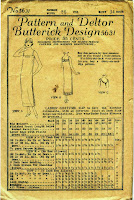
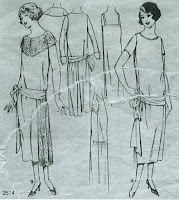
The next step was mounting the dress onto the mannequin. This is an art in itself. One has to be familiar with the undergarments of the period so the dress will ‘hang’ in the appropriate manner. I searched the library and online resources to find an image as a reference. This resulted in two patterns manufactured for the home seamstress which are essentially rectangles with straps. Very easy to duplicate! A slip was made for each dress from a plain silk weave.

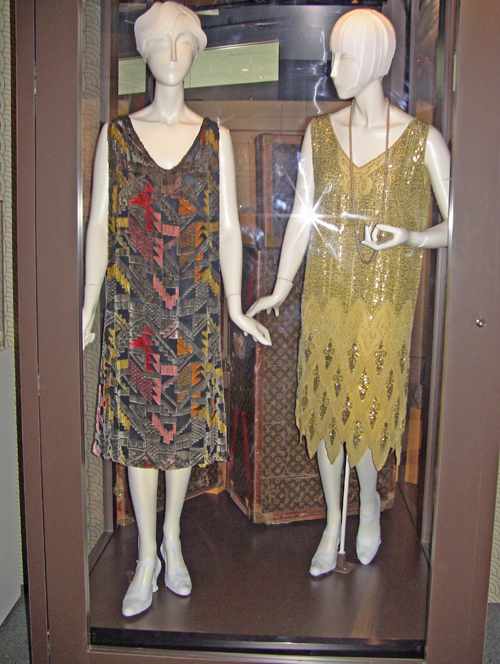

Once the hair and shoes had been applied to the mannquins, they were installed inside the casework. Then they were ready to be clothed: first the slip, then the dress and finally the arms. Et voila – two ‘flappers’ ready for a night on the town!



